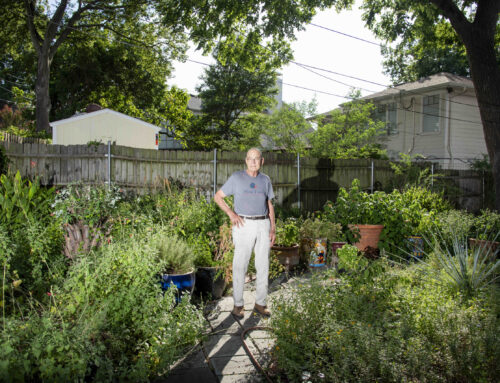You know that housing price slump we’ve managed to avoid for the past couple of years? It finally arrived in 2008.
That’s the biggest news in the third Advocate Home Price Snapshot, compiled with the help of Ron Burch at Coldwell Banker. Home prices in East Dallas, Lakewood and Lake Highlands, which remained relatively stable (and in some cases, even increased) through 2007, mostly didn’t in 2008. The numbers aren’t as bad as elsewhere in the country, but this is the first significant decline in the snapshot, which we take every six months.
Single-family home sale prices fell in 2008 compared with 2007 in five of the eight ZIP codes where we deliver magazines in East Dallas, Lakewood and Lake Highlands. That compares to just one ZIP code that showed a decline in January 2007 from 2006. Meanwhile, the average sale price in 2008 declined in 14 of the 23 ZIP codes where we publish magazines. That compares to six declines in the 2007-2006 numbers. (We used sales figures through Nov. 30 reported to the North Texas Real Estate Information System).
The biggest decline in this area came in 75204, where the sales price fell 10.9 percent. In 75214, the sales price fell 9 percent, 8.6 percent in 75223 and 8 percent in 75218. The biggest increase was in 75231 in Lake Highlands, where the average sale price rose 8.5 percent.
Among the other findings:
• Fewer homes were offered for sale in 2008, fewer homes sold, and they mostly took longer to sell, despite the price declines. A couple of the increases in days on the market were significant: 61 to 88 days in 75231, and 81 to 97 days in 75243, though most were not.
• These movements were especially noticeable in the second half of 2008, and especially for homes offered for sale. In the first six months in 75218, 506 homes were on the market. Through Nov. 30, there were only 255 homes on the market. In 75223, the figures were 143 and 48.
• The results were more mixed in terms of price per square foot. The decline in 75214 wasn’t as dramatic as the average sales price, just 2.3 percent. But 75206, which saw a 5.1 percent increase in sale price, saw price per square foot fall almost 1 percent.
• There are key differences between ZIP codes in how far prices have fallen. In 75214, for example, prices did not drop to 2006 levels. In 75223, on the other hand, prices are closer to 2005 levels.
• There seems to be a flight toward affordability, especially in Lake Highlands. That’s where 75231 showed the biggest gain, as well as a 4.6 percent increase for 75238. And the decline in 75243 was just 2.8 percent, the least of the eight ZIP codes.
So is it time to panic yet? Probably not, given that the rest of the country is looking at continuing double-digit price declines. Through September, the authoritative S&P/Case-Shiller Home Price Index recorded a 16.6 percent drop in home prices nationally. In Phoenix, home prices fell 31.9 percent in the first nine months of the year.
A couple of numbers are probably worth watching. As long as the number of homes for sale doesn’t increase dramatically, and it doesn’t look like it has, the limited supply of houses on the market should help prop up prices. I’d also watch how far prices fall in terms of historical levels. If we stay around 2005 or 2006 pricing, there’s less chance our homes will be worth less than we paid for them. That mostly hasn’t happened here, and it’s the cause of problems in cities like Phoenix. But if it does, and next January we’re looking at 2003 levels — just before the market in this part of town picked up — then it may be time to worry.





